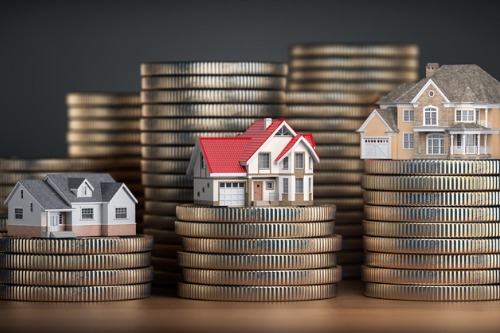A significant portion of last month's increase occurred in only two urban markets

The upward trend in Canadian housing starts continued in November, when the seasonally adjusted annual rate (SAAR) of housing starts rose 14.4% compared to October. Much of the growth stemmed from outside the single-detached segment, according to the Canada Mortgage and Housing Corporation.
Nationwide, starts tallied 246,033 in November, up from October’s 215,134.
“Multi-family SAAR starts partly rebounded in November from two consecutive declines, offsetting a decline in single-detached SAAR starts and driving the overall trend higher,” said Bob Dugan, chief economist at CMHC. “Multi-family starts were particularly strong in Vancouver and Montreal in November.”
The British Columbia SAAR for non-detached homes surged by 76% month-over-month, reaching 37,378 units in November. This contrasted sharply with the 1% decline in the province’s single-detached SAAR starts.
Quebec’s tally for non-detached residential assets registered a 30% increase during the same time frame. Meanwhile, the province’s single-detached SAAR suffered a steep 16% drop that brought the total number down to 7,616 units.
To compare, the standalone monthly SAAR of non-detached housing starts for all areas in Canada saw a 22% upswing to 181,821 units. The single-detached SAAR nationwide saw a 3% decline to 64,213 units.
These increases accompanied a 32.1% annual increase in sales activity nationwide, which the Canadian Real Estate Association reported as being historically strong.
CREA predicted that sustained growth in demand amid the gradual return of consumer purchasing power will lead to inventory shortages next year, especially in Ontario and Quebec. In turn, this will trigger an ever-intensifying cycle of price growth and market competition.
“Current trends and the outlook for housing market fundamentals suggest activity will remain relatively healthy through 2021, with prices either continuing to climb or remaining steady in all regions,” CREA said in a news release.
CREA is estimating an increase of 9.1% in the national average home price next year.



